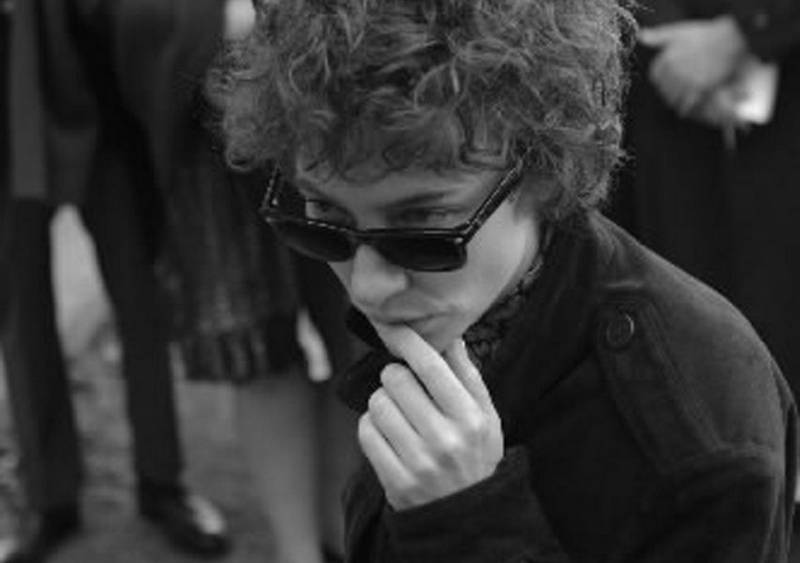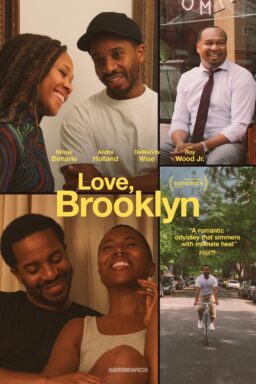TORONTO, Ont. — “The Walker” is another of Paul Schrader’s “man in a room” films, and his best film since “Affliction” (1997). It’s a fascinating character study with as fine a performance as Woody Harrelson has given, and certainly the most unexpected. Schrader defined the films as centering on the image of a man in a room preparing to go out and do something, and then doing it, while remaining focused by his preparation. That would define Schrader’s “American Gigolo” (1980), with Richard Gere in training for his profession as a professional lover of women. And “Light Sleeper” (1992), with Willem Dafoe as a drug dealer who is also a recovering addict.
And now here is Harrelson as Carter Page III, a paid escort, or “walker,” for rich society women in Washington D.C. Impeccably dressed, charming, kind, friendly, the son and grandson of great men, he is a homosexual who has a lover but genuinely likes the women of a certain age who appear on his arm at social functions. He goes shopping with them, plays in their canasta games, shares gossip, and one day does one favor too many.
Kristin Scott Thomas plays the wife of a senator; she sometimes visits a male prostitute for sex. Page drives her and waits for her, and understands. One day when she arrives at the prostitute’s luxurious Georgetown apartment, she finds his throat slashed. To report her discovery would destroy her reputation and her husband’s. So Carter drives her home, returns, and calls the police himself.
He immediately becomes the prime suspect in the murder. In “Gigolo” and “Sleeper,” the heroes were also implicated in crimes, because of the nature of their work and the goodness of their natures. Harrelson plays Page as a guarded, essentially shy man, soft- spoken, with an amused Southern drawl, using a hairpiece to cover his baldness, knowledgeable about the lines of power, money and sex in the capitol, vulnerable because of his profession. The movie surrounds him with ladies of middle and upper ages (Lauren Bacall, Mary Beth Hurt, Lily Tomlin) and portrays his world with a sociologist’s precision. It is fascinating.
* * *
Sidney Lumet, at 83, may be the oldest director with a film at Toronto this year, but his films are always sharp-edged and constructed with a taut urgency, and now he has made a crime film as good, in its own way, as his “Dog Day Afternoon,” “The Verdict,” “Find Me Guilty” and “Serpico.”
Like those films, like all of his crime films, “Before the Devil Knows You’re Dead” shakes off the conventions of genre and becomes a study of character. It uses, as Lumet likes to do, superb actors: Philip Seymour Hoffman and Ethan Hawke as brothers, Albert Finney as their father, Marisa Tomei as Hoffman’s wife, Rosemary Harris as Finney’s wife, and Amy Ryan as Hawke’s ex-wife. The brothers both face financial emergencies, and Hoffman concocts a plan to stick up their family’s suburban jewelry store on a Saturday morning, when the staff will be one old lady. His plan: No guns, no muss, no fuss, dad gets reimbursed by insurance, nobody’s a loser, and their problems are over.
The plan does not quite work out. The first screenplay by Kelly Masterson uses interlocking flashbacks to see the plan and the problems gradually swelling toward critical mass. And what is so good about the film is the depth of the characters, of the brothers (one nursing old wounds, the other feckless), the father (Finney sounds the depths of the man’s soul) and Tomei (whose marriage is coming apart and she doesn’t know why). Lumet started in TV in 1951. His career directing feature films began with the masterpiece “12 Angry Men” (1957), and he hasn’t lost one beat in 50 years.
* * *
And if we’re discussing performances, let us now praise “I'm Not There,” a film about a famous man, Bob Dylan. Todd Haynes (“Far from Heaven”) takes an enormous risk and makes a brilliant, if seemingly impossible, film starring six actors as the mysterious cultural icon. Who is Dylan? How many selves does he have? Why are we so fascinated by such questions?
The actors: Christian Bale, Cate Blanchett, Marcus Carl Franklin, Richard Gere, Heath Ledger, and Bert Whishaw. Oddly enough, it is Blanchett who looks and seems the most like Dylan, especially at the time of the documentary “Don’t Look Back,” from which it approximates several scenes including a heated exchange with a British journalist.
The more Dylanology you know, the more references you’ll catch, although the film mostly works even without expertise on Dylan; the great man authorized use of his songs and performances throughout the movie, and turns up briefly at the end (although, dazzled by so many other Dylans, you may miss the real thing). I liked Haynes’ use of young African-American boy (Marcus Carl Franklin, son of the director Carl Franklin) as the first of the Dylans, who introduces himself as Dylan’s idol, Woody Guthrie. The others are effective in one way of another, except for Richard Gere, who appears as Dylan/ Billy the Kid, a cross-reference to Kris Kristofferson’s famous success in persuading Sam Peckinpah to cast Dylan in “Pat Garrett and Billy the Kid” (1973), although not as Billy.
Look at it this way, though: In addition to all the ways it works and the few ways it doesn’t, “I’m Not There” is an experimental Dylan musical in the season that has also given us “Across the Universe” for the Beatles.












